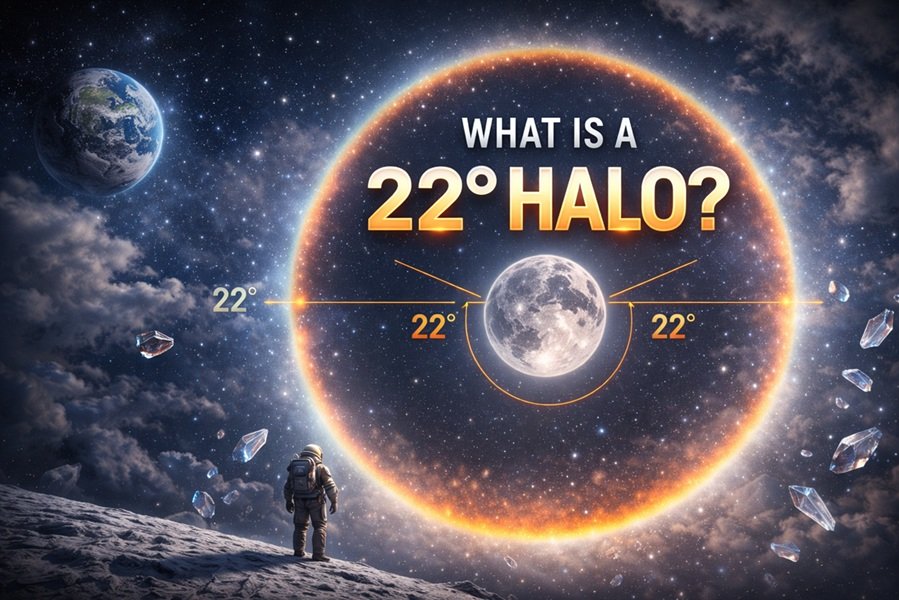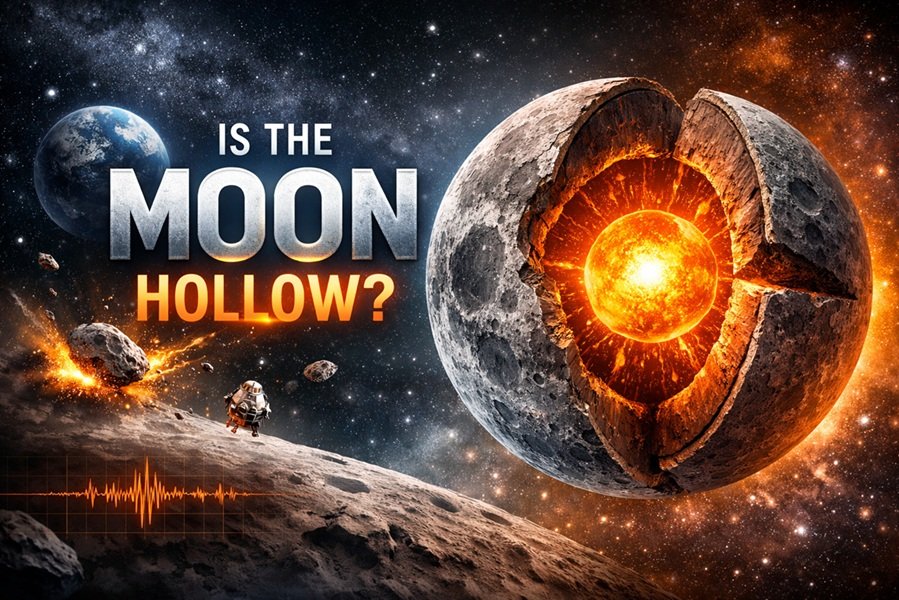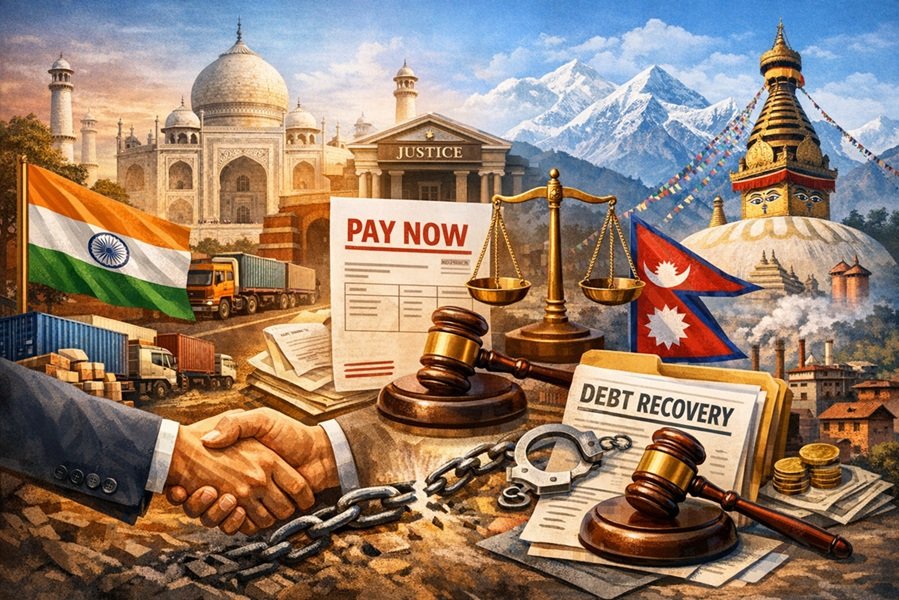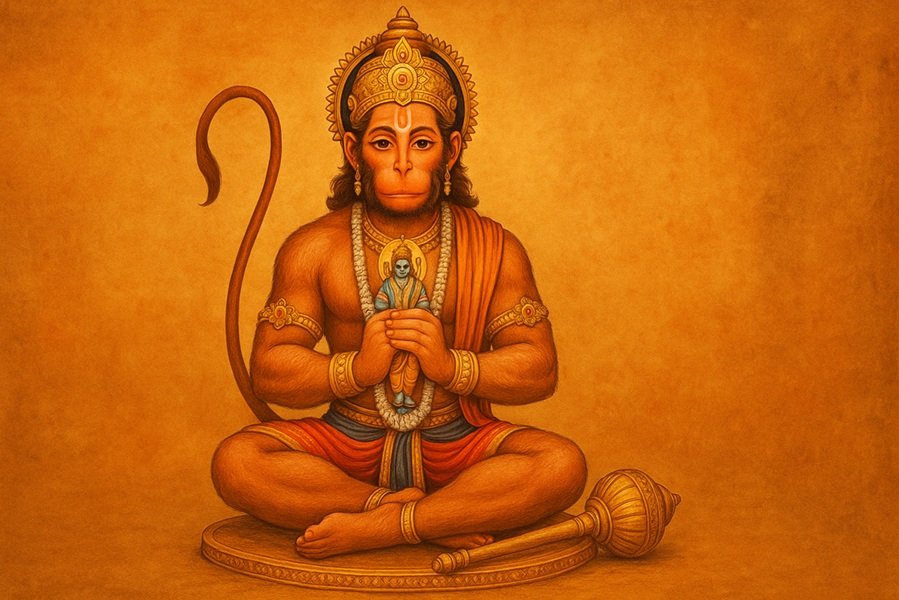
Introduction
The Ghibli trend, which involves using AI tools to transform images and videos into the signature style of Studio Ghibli, has taken social media by storm. Platforms like TikTok, Instagram, and Twitter are flooded with dreamy, hand-painted visuals that resemble scenes from Spirited Away, Howl’s Moving Castle, and My Neighbor Totoro. While this trend has fascinated millions, it has also sparked a heated debate: Does this AI-driven movement threaten human creativity, or does it enhance artistic expression?
In this article, we will explore the implications of the Ghibli trend on human creativity, examining both the positive and negative aspects to understand its true impact.
The Rise of the Ghibli Trend
The Ghibli trend primarily relies on artificial intelligence (AI) models such as LoRA (Low-Rank Adaptation), Stable Diffusion, and other deep-learning techniques that replicate the Ghibli animation style. By feeding these models with reference images from Studio Ghibli films, they can generate artwork that mimics the studio’s distinct aesthetic.
This trend has gained traction due to its accessibility. Previously, achieving such an artistic style required years of experience in digital painting and animation. Now, with a few clicks, users can turn any photo into a Ghibli-style masterpiece, making it appealing to those without formal art training.
But with this convenience comes an important question: Is this trend nurturing creativity, or is it replacing it?
Arguments in Favor of the Ghibli Trend
1. Democratization of Art
One of the strongest arguments in favor of the Ghibli trend is that it makes art more accessible. Not everyone has the time, skills, or resources to learn traditional animation or digital painting. AI-powered tools lower the barrier to entry, allowing more people to express themselves artistically.
2. Inspiration and Experimentation
Rather than replacing creativity, AI-generated Ghibli-style images can serve as inspiration for artists. Many digital artists use AI as a starting point, refining and enhancing the generated images manually. It acts as a creative aid rather than a replacement.
3. Time-Saving for Artists
For professional illustrators and animators, AI can serve as a time-saving tool. Instead of spending hours perfecting the base layers of an illustration, they can use AI-generated concepts as a foundation, allowing them to focus on more detailed work and storytelling.
4. Expansion of Artistic Boundaries
The AI-driven Ghibli trend is just one example of how technology is pushing artistic boundaries. Just as photography didn’t kill painting but expanded artistic possibilities, AI-generated art could introduce new forms of creative expression rather than diminishing traditional skills.
Arguments Against the Ghibli Trend
1. Devaluation of Human Effort
One of the main concerns about AI-generated Ghibli-style art is that it diminishes the value of human creativity. Artists spend years mastering their craft, only for AI to replicate their style in seconds. This can be discouraging for professionals who rely on their skills for a living.
2. Loss of Artistic Originality
The Ghibli trend involves AI learning from existing artwork and applying it to new images. However, it does not create anything new; it simply mimics a predefined style. This raises concerns about a loss of originality, as more people rely on automated processes rather than developing unique artistic styles.
3. Ethical Concerns and Copyright Issues
There is an ongoing debate about whether AI-generated art infringes on intellectual property. Many AI models are trained on copyrighted artwork without permission, leading to ethical dilemmas regarding ownership and credit. In the case of the Ghibli trend, the AI tools essentially borrow elements from Studio Ghibli’s animation, raising questions about fair use.
4. Dependency on AI and Skill Erosion
If artists and creators become too dependent on AI-generated content, there is a risk that traditional art skills may decline. Learning to draw and animate manually requires patience, practice, and creativity—skills that could become undervalued in an AI-dominated world.
The Middle Ground: Finding Balance Between AI and Creativity
Rather than viewing AI-generated art as a direct threat to creativity, it is more productive to see it as a tool that can complement human ingenuity. Here’s how AI and traditional creativity can coexist:
- AI as a Creative Partner: Instead of replacing human creativity, AI can be integrated into the creative process, assisting artists in generating ideas, refining concepts, and enhancing productivity.
- Ethical AI Development: AI developers and artists should work together to create ethical guidelines that respect intellectual property rights while fostering innovation.
- Encouraging Artistic Growth: Rather than relying solely on AI, artists can use it as a learning tool to enhance their skills, explore new styles, and refine their craft.
Conclusion
The Ghibli trend, like any technological advancement in art, comes with both opportunities and challenges. While it democratizes artistic expression and provides new creative possibilities, it also raises concerns about originality, skill erosion, and ethical boundaries.
Ultimately, AI-generated trends should be seen as tools rather than replacements for human creativity. The key lies in striking a balance—leveraging AI for inspiration and efficiency while continuing to nurture traditional artistic skills. The future of creativity will not be defined by AI alone but by how humans choose to integrate it into their artistic journey.
So, is the Ghibli trend a threat to human creativity? The answer depends on how we use it. If embraced responsibly, it can be an ally rather than an adversary in the ever-evolving world of art and innovation.






